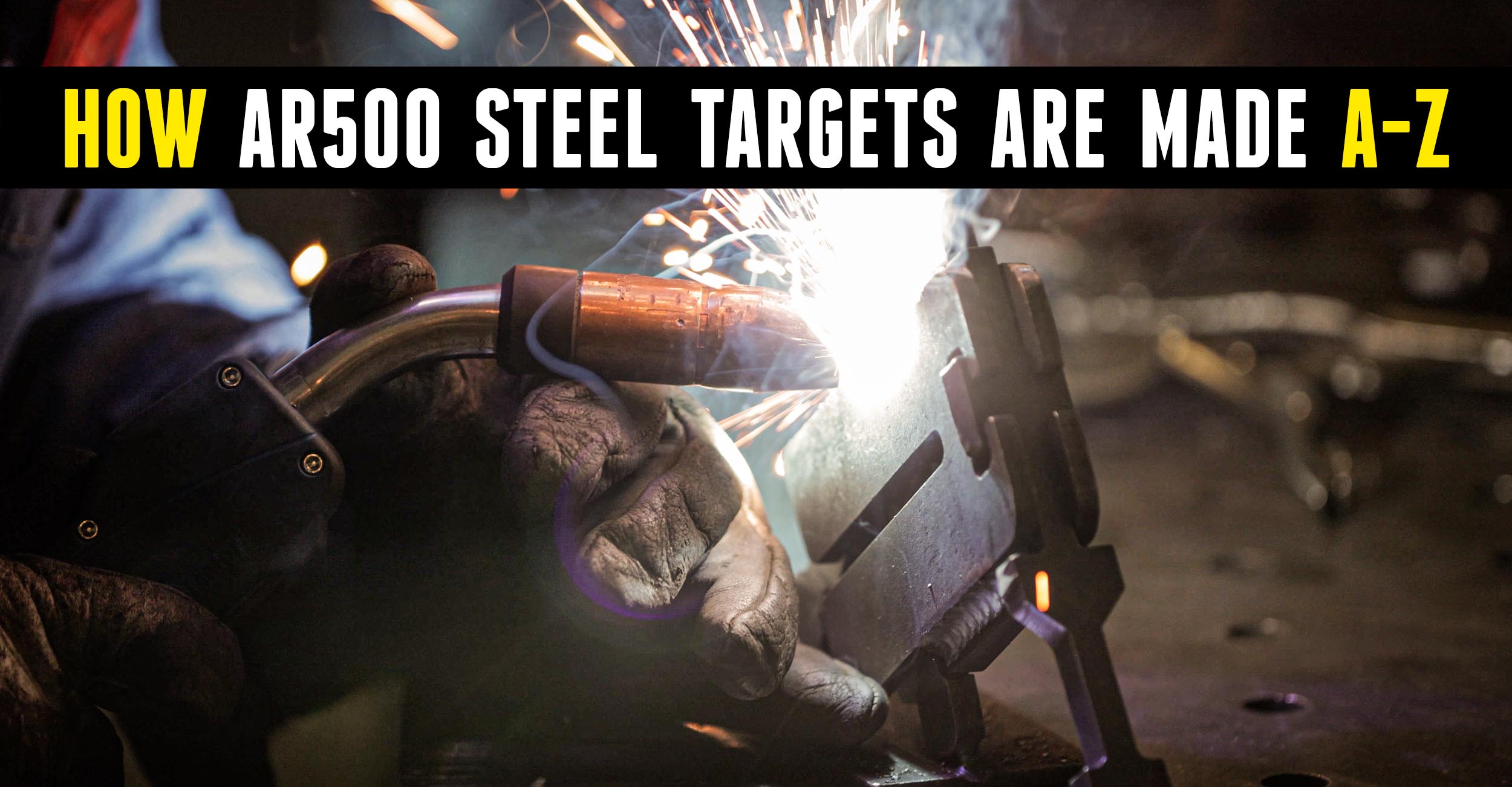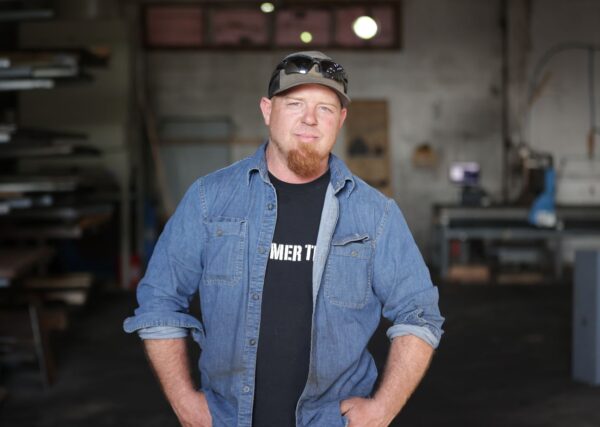Ever wonder how steel targets are made? Seth Gardner, owner of D-M Targets, walks us through the process!
Disclaimer
Ultimate Reloader LLC / Making with Metal Disclaimer: (by reading this article and/or watching video content you accept these terms). The content on this website (including videos, articles, ammunition reloading data, technical articles, gunsmithing and other information) is for demonstration purposes only. Do not attempt any of the processes or procedures shown or described on this website. All gunsmithing procedures should be carried out by a qualified and licensed gunsmith at their own risk. Do not attempt to repair or modify any firearms based on information on this website. Ultimate Reloader, LLC and Making With Metal can not be held liable for property or personal damage due to viewers/readers of this website performing activities, procedures, techniques, or practices described in whole or part on this website. By accepting these terms, you agree that you alone are solely responsible for your own safety and property as it pertains to activities, procedures, techniques, or practices described in whole or part on this website.
About Steel Targets
Above: Seth Gardner, Owner, D-M Targets
Gardner explained that he thinks of steel targets as a system. It’s not just the shape and steel you hit, but also the hanger and how targets are transported. It’s also important to factor in affordability. As a precision rifle competitor and avid shooter, Gardner has seen first hand the failure points of many targets and used them to improve his targets. He explained target geometry is critical as are the hanging system, welds, and weld location.
The key parts of the steel target are the target and target design, target material and thickness and hanger and hanging system. You want the target to stay on, be reactive, loud, and fun to shoot at.
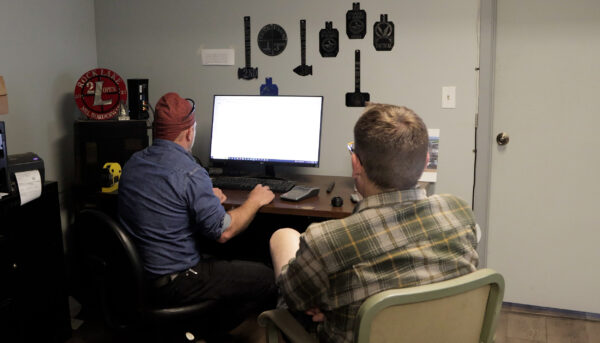
When Gardner first visited Ultimate Reloader, I consulted him about chain targets. I soon learned these are more prone to failure than other hanging methods are. D-M targets offers two hanging methods, the traditional hook and key hook. With both of these, there is mechanical separation between the target and the hanger which assists with energy dissipation for longer target life and better acoustics.
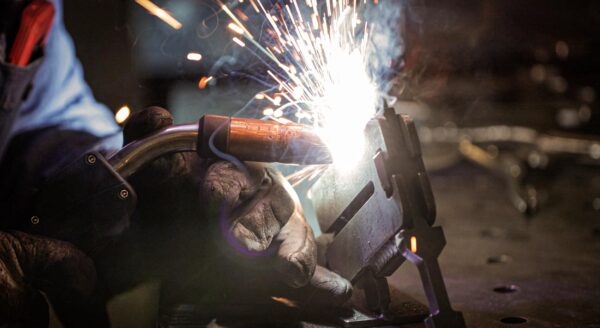
When steel targets are hung rigidly without much room to move, it is harder to tell if and where you hit the target. The hanger and target also absorb all of the energy extremely quickly which can be damaging over time.
The Centerfire Target Process
While DM-Targets manufactures a variety of targets, I specifically asked Gardner to explain the process behind building a centerfire target. The first step when working with a new shape, like a rock chuck, is to draw it in CAD. He’ll then play with a few different versions of it, consulting pictures and converting them to silhouettes. Once he has a shape he’s happy with, he’ll look for the center of gravity and fine tune the hanging system for reliability, reactivity, and acoustics.
Once the drawing is complete, he’ll cut the shape and test it. Most targets are extremely similar, so not much fine tuning needs to be done, but occasionally he’ll adjust the mounting location.
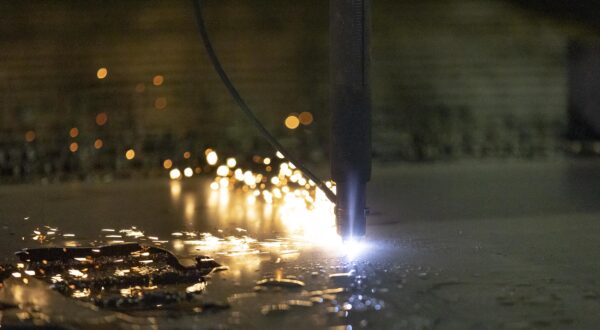
All D-M Targets are made out of AR500 steel. The reasons for this could be covered at length. Gardner explained target thickness depends on the use case. Small targets are generally thicker to help with longevity – the larger the mass, the more energy the target will be able to withstand. More mass in the right places also helps with reactivity. Small targets tend to react more violently and you don’t want it to dance around in circles. The most common thickness is ⅜”.
D-M Targets starts with 4’ x 8’ sheets of steel. They use a forklift to place them on the ShopSaver CNC which uses a water-bath plasma. It cools the steel as it’s being cut and helps cut down on fumes.
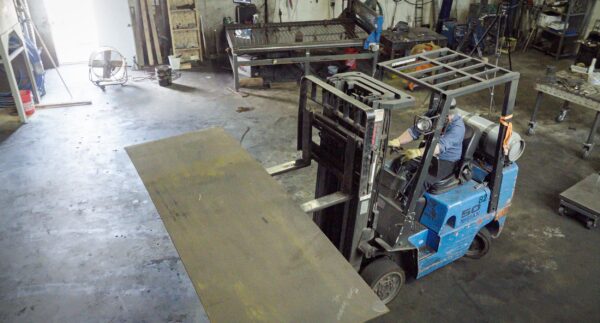
The number of targets cut at a time varies. It depends on the inventory and customer order. Gardner isn’t afraid to cut ¼ or ½ sheets, but he prefers to cut full sheets, especially for hangers. He’ll also often fill dead space on target sheets with hangers.
After cutting, he lets the small targets air dry before he tumbles them. With larger targets, they cut down sharp edges with a grinder.
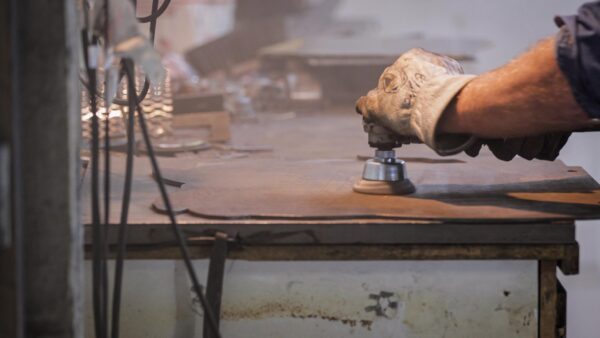
Another consideration is shipping. Gardner said there was a huge learning curve in learning to ship heavy things across the country internationally. D-M Targets works hard to keep prices in check, which allows them to offer free shipping over $200.
Conclusion
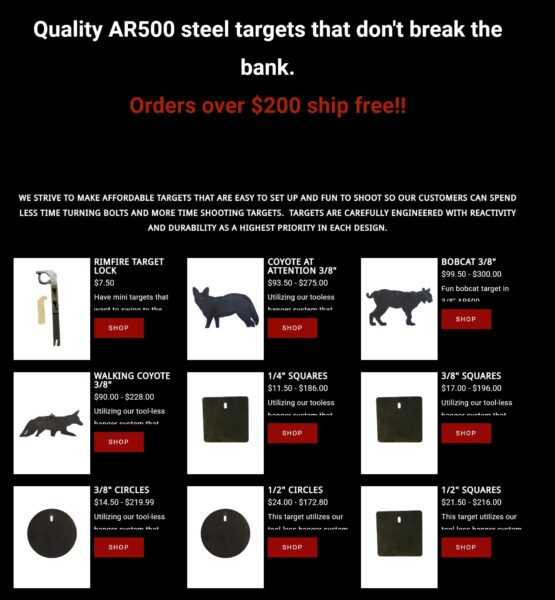
D-M Targets is a family-owned business which sources its steel from the U.S. They are also a part of the shooting community, so they use their own products and work with match directors to solve problems.
Get the Gear
Order a variety of steel targets from D-M Targets!
Don’t miss out on Ultimate Reloader updates, make sure you’re subscribed!
Thanks,
Gavin Gear
